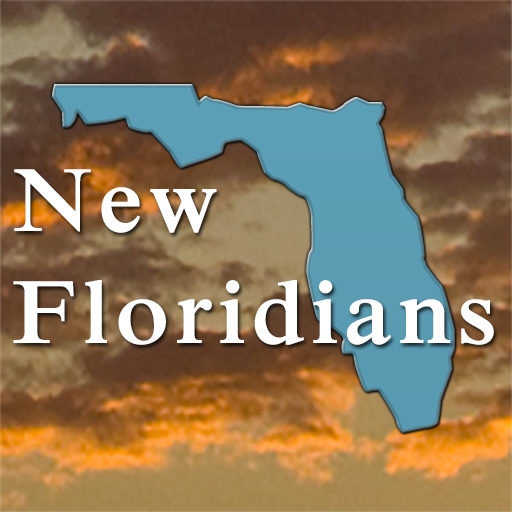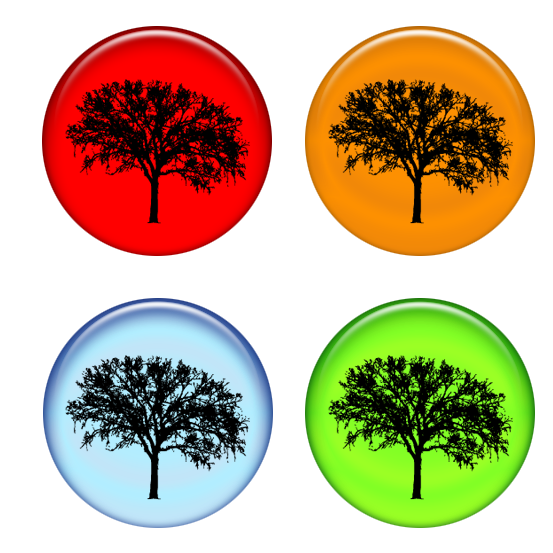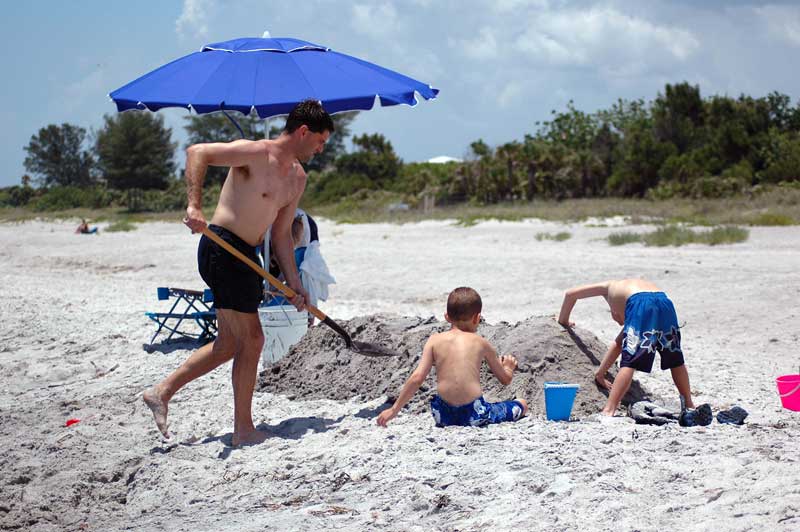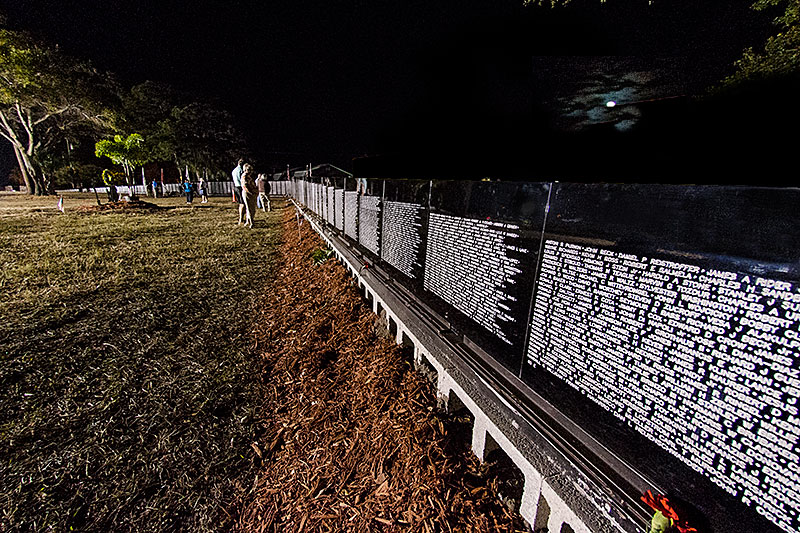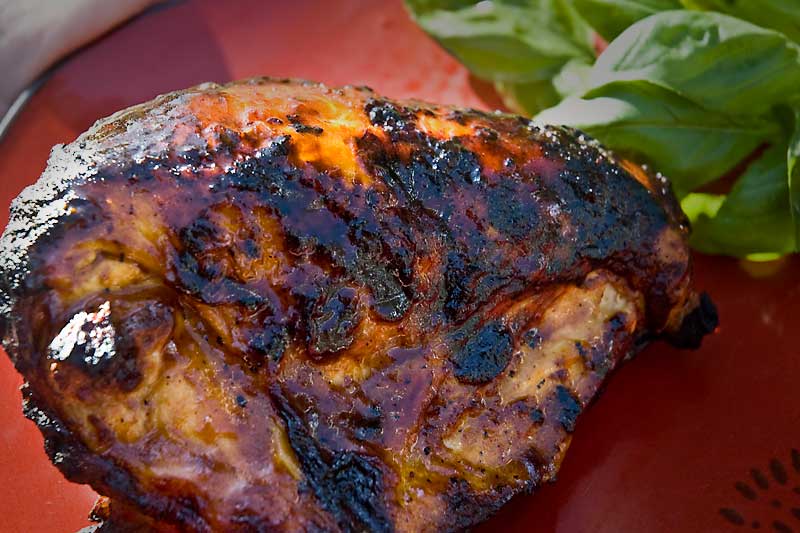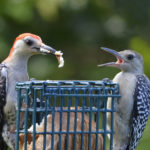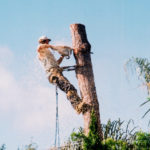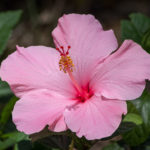Even though we have sunny weather most of the time, we do have seasons here in Florida. Though they may not be as recognizable as those in the North, there are differences in each season.
Summer, as you can imagine tends to be very hot. I say summer starts sometime in May, as the temps begin to climb. Temperatures average in the high 80s to mid 90s and more. A good time to enjoy the AC during the day and the pool in the evening. Best times to visit the beach are early in the morning and of course, in the evening for the beautiful sunsets. Summer also brings the rainy season and the threat of hurricanes.
Florida native plants grow like crazy during the summer; grass needs to be cut once a week. If we do have a good rainy season, we have to cut grass every five days or so. A typical rainy season produces the chance of afternoon or evening showers, on any day. An eye has to be kept on the tropics, for any hurricanes or tropical storms that may develop. Make sure your insurance is paid!
Fall usually starts about mid October. Floridians look forward to the cooler temperatures and lower humidity levels. For Halloween, there is as much a chance for very warm weather as there is for a cool evening. Hurricane seasons ends November 30th, a date we are happy to see. This is a good time to enjoy the beaches. There are not many tourists yet, and the seasonal residents (Snowbirds) have not yet arrived.
Even after ten years of Florida living, we still have a hard time decorating for Christmas when it is 75 degrees outside, but that is most often the case. If you look closely, there are subtle differences in the plants as the temps get a bit cooler. Some tree leaves change color a little bit, but nothing like up North.
Winter in Florida can be a surprise. We have seen winters were the overnight temps never dipped below 55 degrees. On the other hand, one winter it got so cold, we had a pipe that carries water to our solar heater for the pool, freeze and burst. The temps had dropped to the mid-twenties.
Some of the plants loose their leaves, but not many. The grass slows its growth, to the point were it only needs to be cut every 14-20 days. Snowbirds arrive in force. Stores, streets, beaches and restaurants become very crowded.
It is a great time to plant tomatoes in containers on your lanai. The plants will need to be brought in, if the temps dip too much.
 Spring, the best season in Florida! Starting in about mid March, spring usually offers cool nights, warm days and lower humidity. Time to open the windows and enjoy the fresh air. A day at the beach can literally be an all day affair, as long as you don’t mind crowds. Springtime brings lots of guests and tourists to the Sunshine state. The Snowbirds have not yet made their way back North and the Spring Breakers pay a visit. In our area, we do not get the large groups of young people looking to party hard, but we do get a good amount of those looking for a spot in the sun to relax.
Spring, the best season in Florida! Starting in about mid March, spring usually offers cool nights, warm days and lower humidity. Time to open the windows and enjoy the fresh air. A day at the beach can literally be an all day affair, as long as you don’t mind crowds. Springtime brings lots of guests and tourists to the Sunshine state. The Snowbirds have not yet made their way back North and the Spring Breakers pay a visit. In our area, we do not get the large groups of young people looking to party hard, but we do get a good amount of those looking for a spot in the sun to relax.
Just as in the North, spring brings new life to plants and some animals. If there were frosty nights in the winter and some of the plants lost leaves, new growth starts now. You can actually see some of the trees and plants get a greener color. Oak and pine trees start to throw off pollen, causing problems for those with allergies.
Spring is not without some disadvantages; it arrives at the peak of the dry season. With the low humidity levels and the lack of rain for several months, the chance for brush fires is heightened. Nothing is ever perfect.
There are other seasons, though not official, in Florida.
- Hurricane season is June 1 to November 30.
- Snowbird season is about October to May, give or take a few weeks.
- Strawberry season is December through May depending on the weather.
- Fishing seasons vary by species.
- Alligator mating season runs from about mid April to June. Why is this important? Look for an article explaining why.
FOG sez:
The seasons in Florida are: Warm, Hot, Very Hot, and Too Darn Hot.
